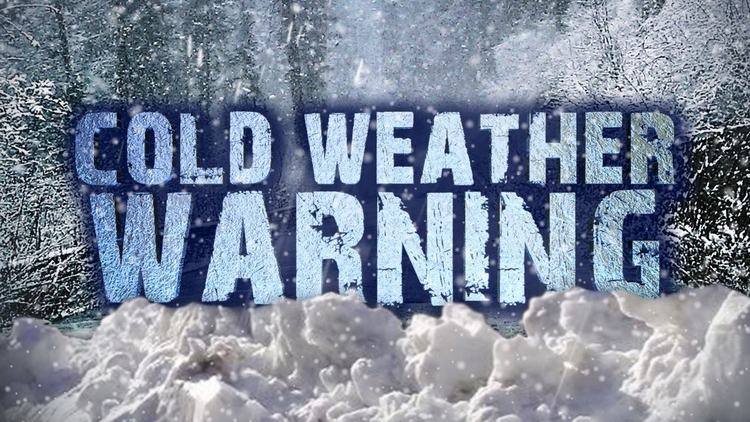Cold day at work!
 Your colleague follows the weather every day. He said that the temperature tomorrow will be
twice as cold
as today.
Your colleague follows the weather every day. He said that the temperature tomorrow will be
twice as cold
as today.
knowing that the temperature is -2°C today, what temperature it will theoretically make tomorrow?
We want the temperature in degree Celsius rounded to the nearest integer.
The answer is -138.
This section requires Javascript.
You are seeing this because something didn't load right. We suggest you, (a) try
refreshing the page, (b) enabling javascript if it is disabled on your browser and,
finally, (c)
loading the
non-javascript version of this page
. We're sorry about the hassle.

-2˚C = 271.15K.
The temperature tomorrow would then be 135.575K (which is half of 271.15K)
Converting that to Celsius (-137.575˚C) and rounding to the nearest integer, you get -138˚C.